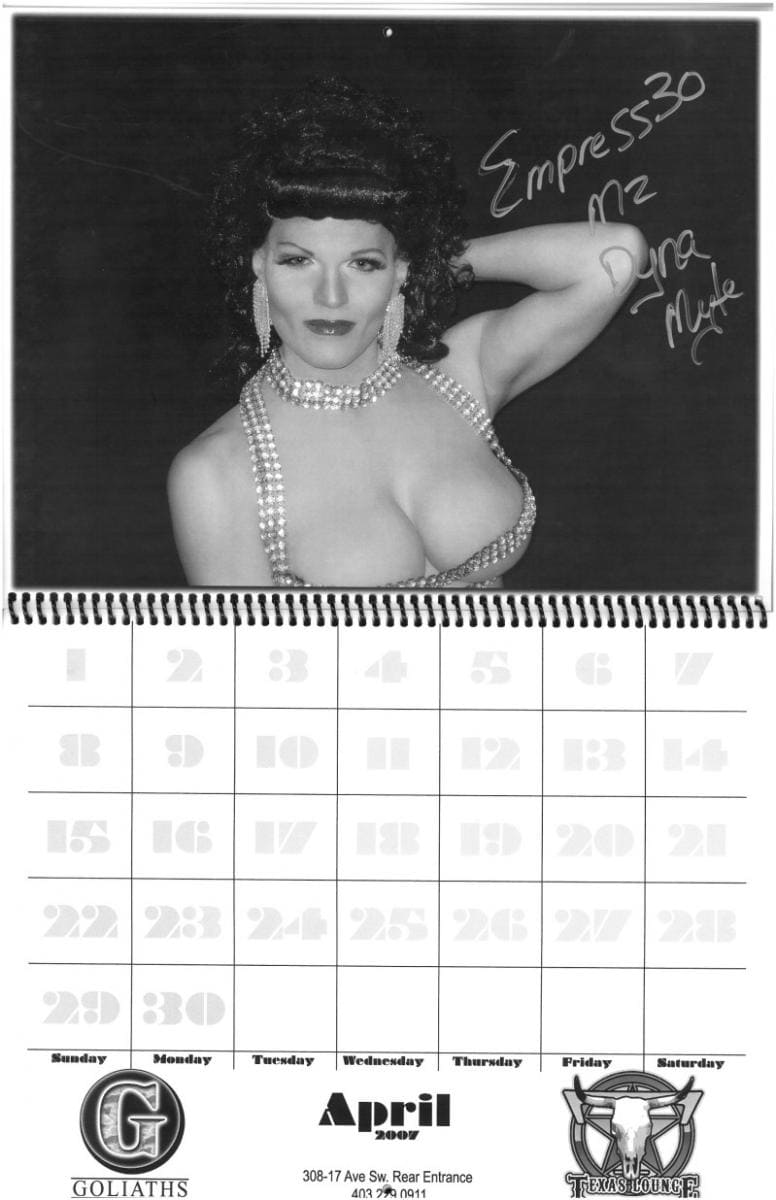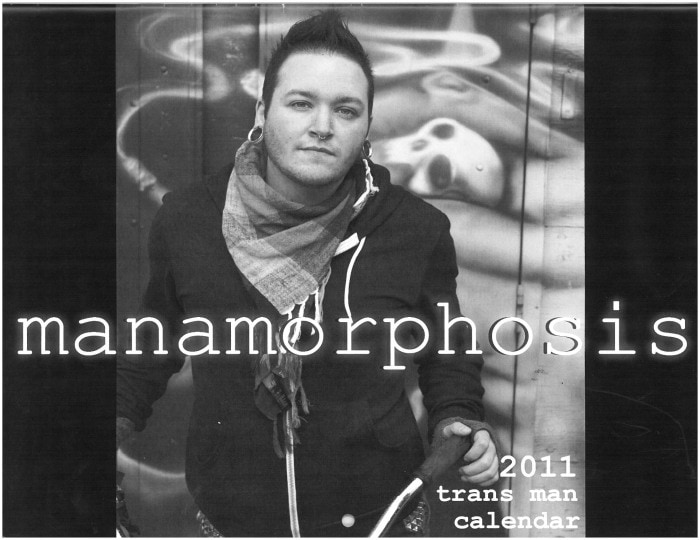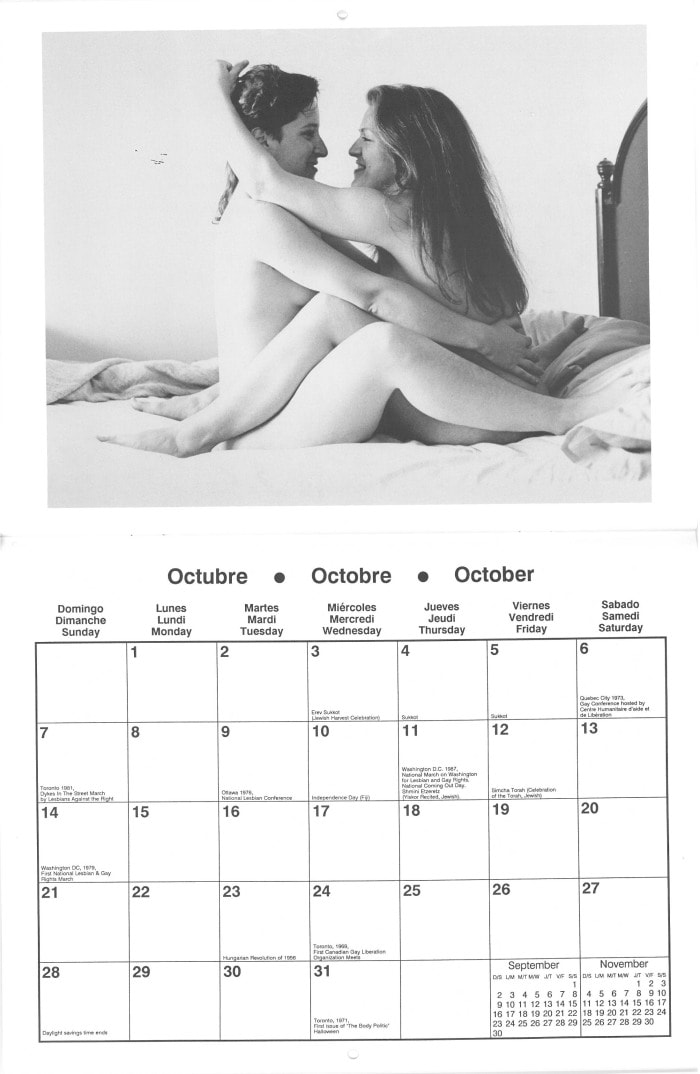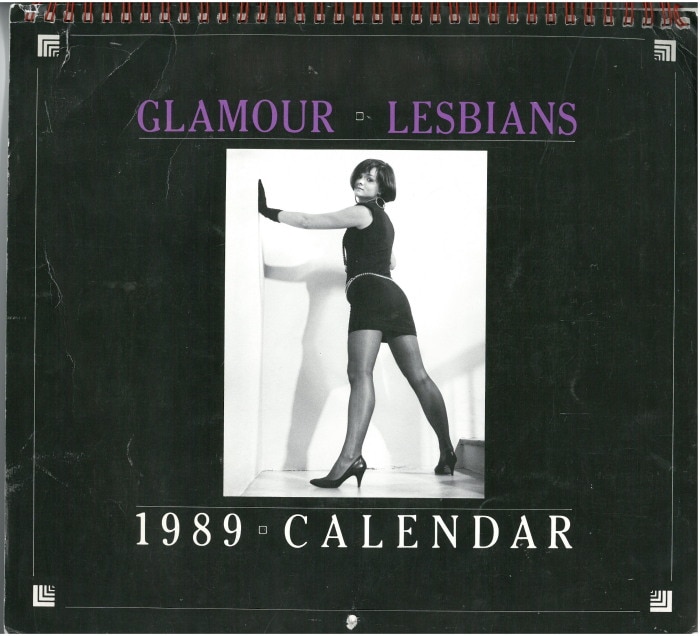 Calendars
Calendars
by Gordon Richardson, with assistance from Alan Miller and Michael Holmes (photography)
A new year, new calendars. Many different calendars have been developed over the millennia to help people organize their lives. According to a recent estimate, there are about forty calendars used in the world today, particularly for determining religious dates. In addition to providing dates, modern calendars offer photographs of organizations, outdoor scenery, animals, flowers, recipes, and last but not least, the body beautiful. The ArQuivess calendar holdings, beginning in 1964, includes photographs of members of the LGBTQ+ community.
January: named after Janus, the god of doors and gates.

February: named after Februalia, a time period when sacrifices were made to atone for sins


March: named after Mars, the god of war.

April: from aperire, Latin for “to open.”

May: named after Maia, the goddess of growth of plants

June: from Junius, Latin for the goddess Juno.


July: named after Julius Caesar in 44BC.


August: named after Augustus Caesar in 8BC.

September: from septem, Latin for “seven.” The earliest Latin calendar was a 10-month one beginning with March; thus September was the seventh month, October the eighth, etc

October: from octo, Latin for “eight”


November: from novem, Latin for “nine.”

December: from decem, Latin for “ten”


